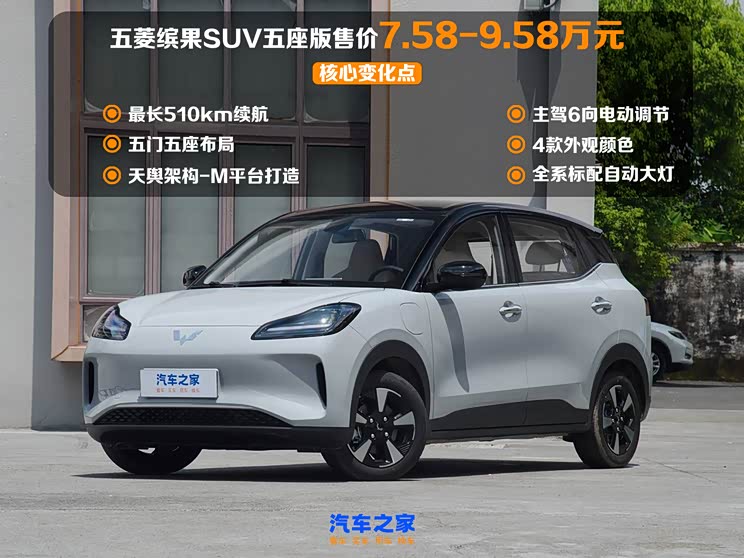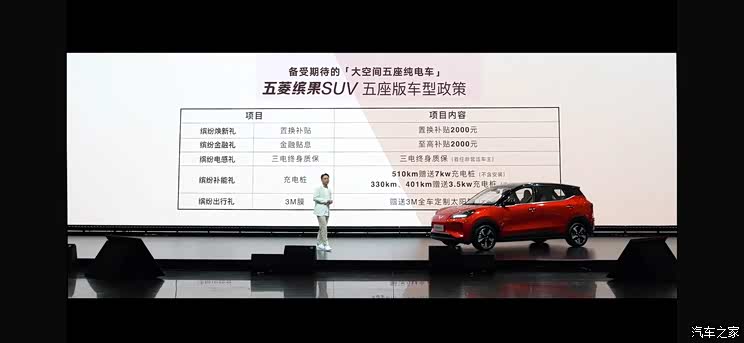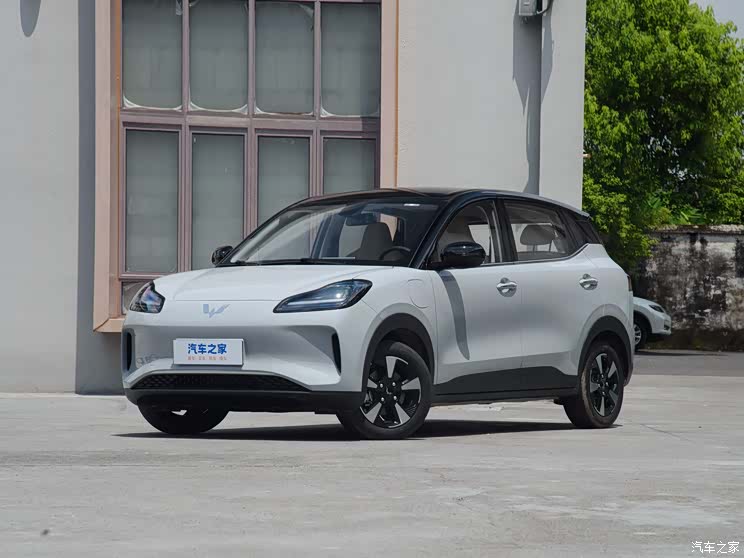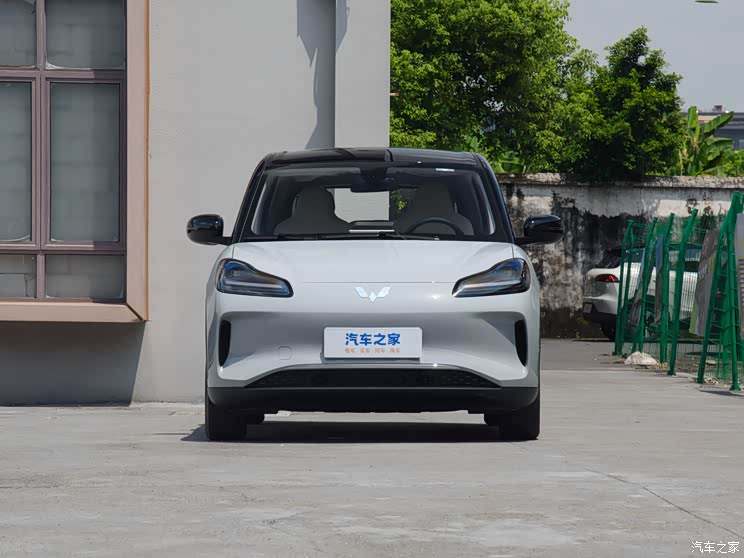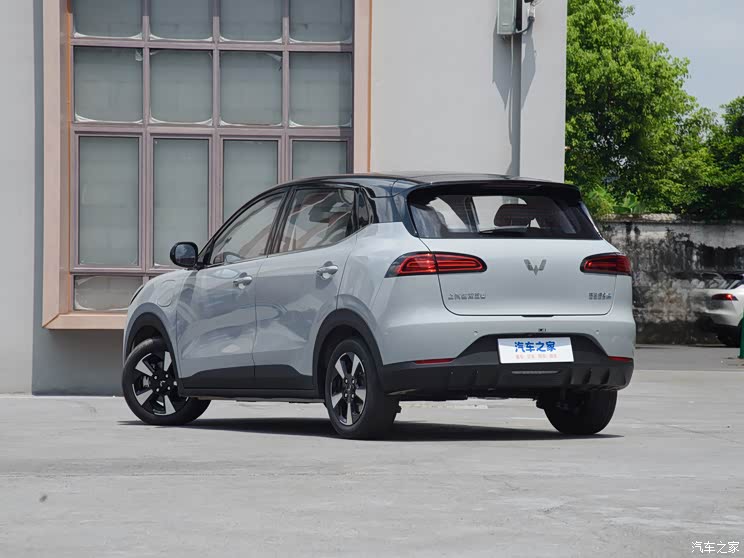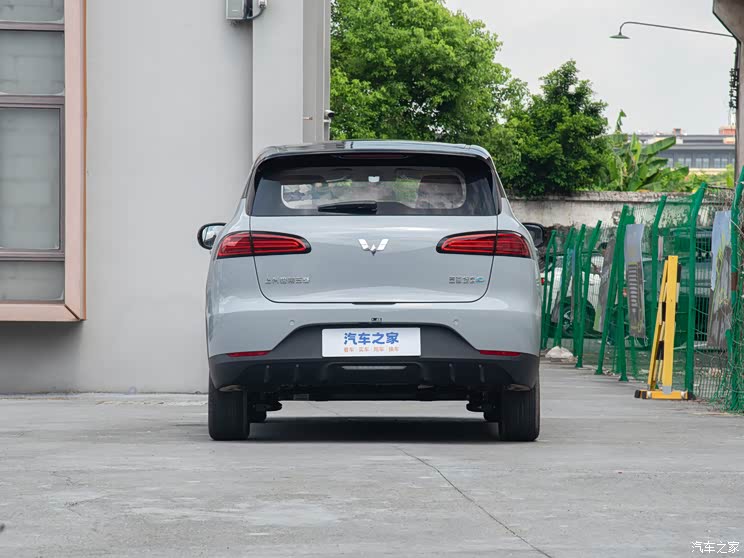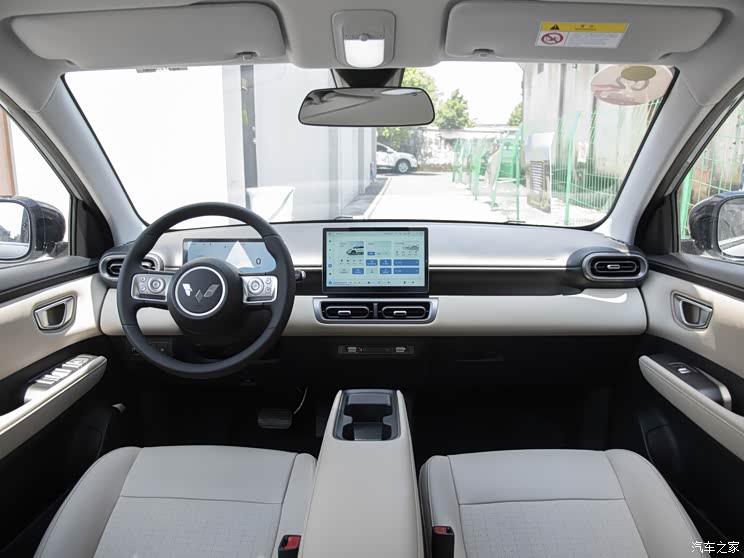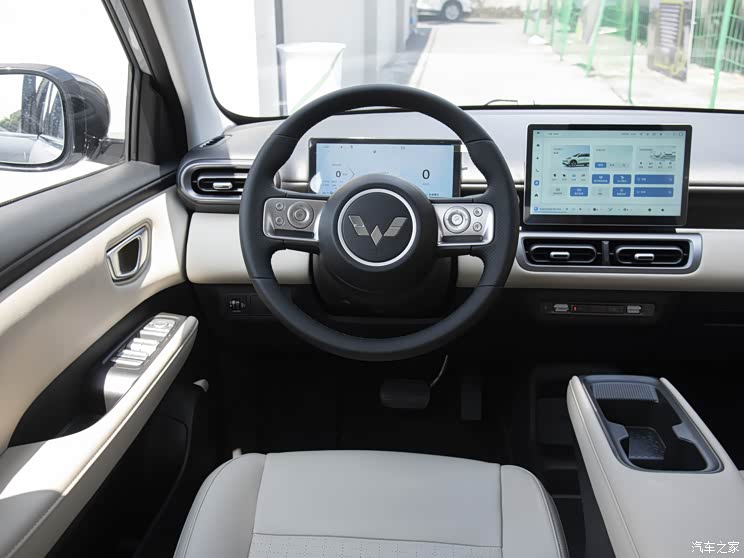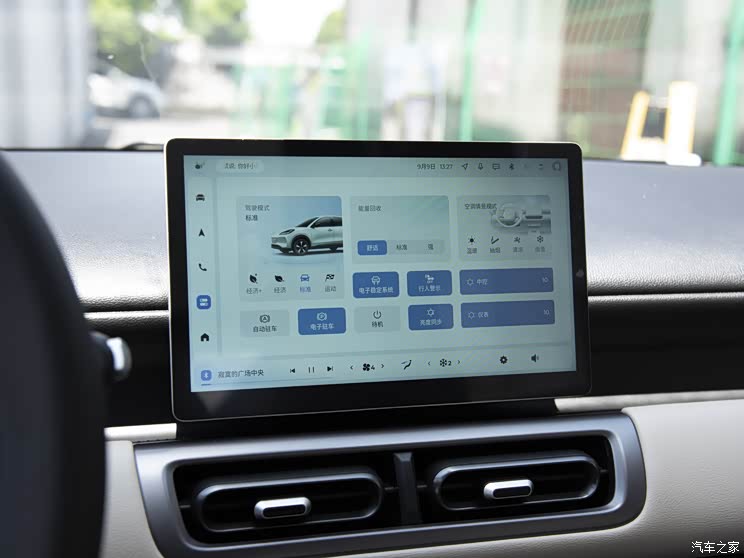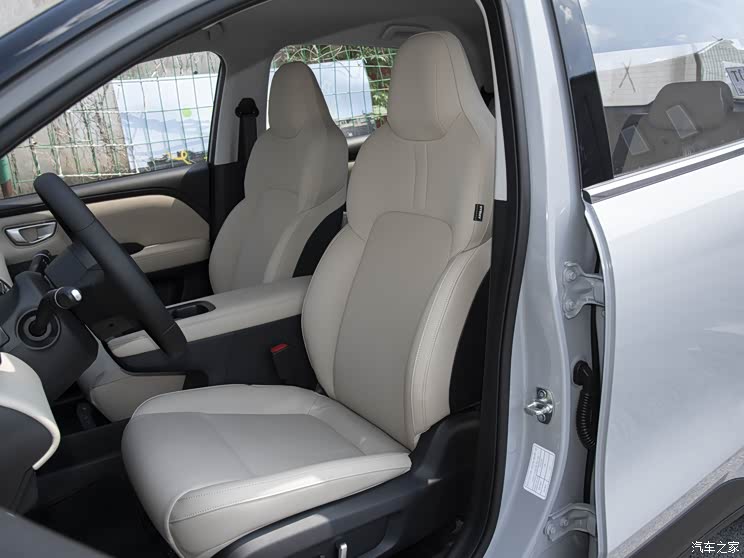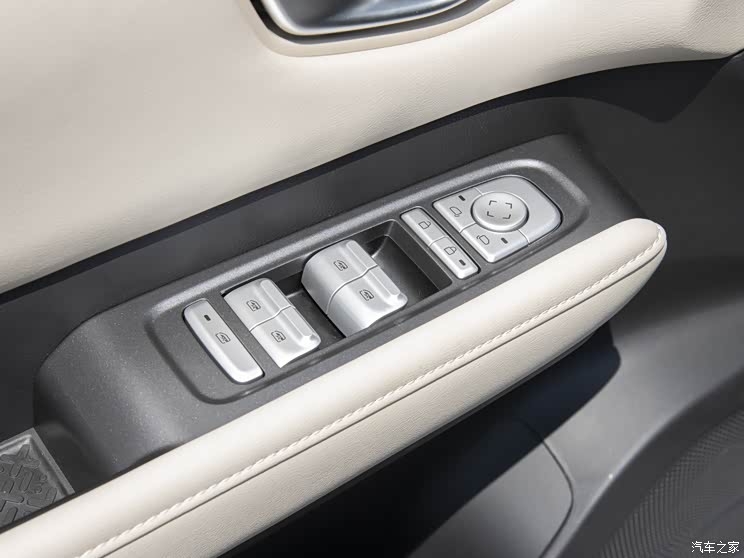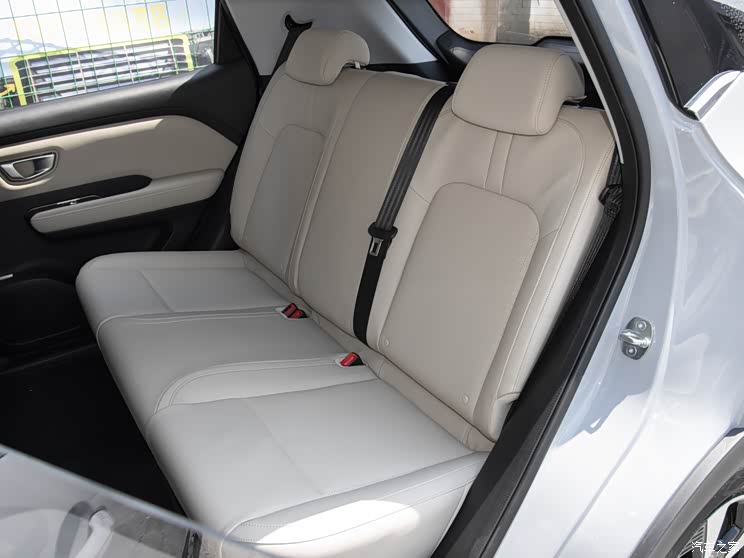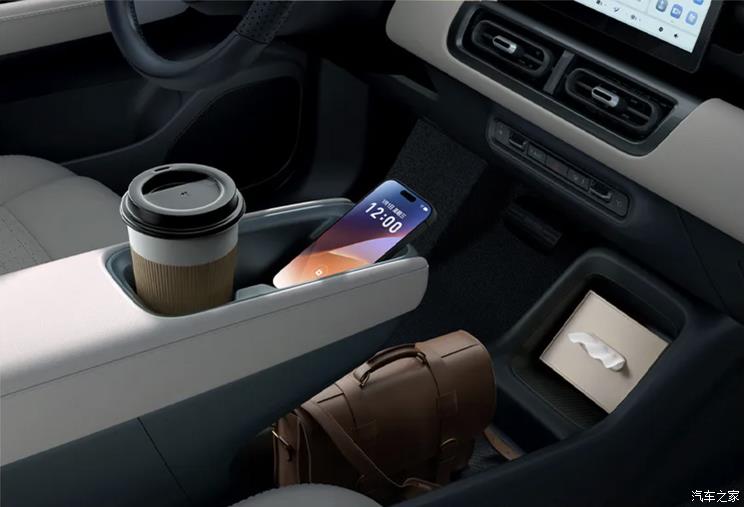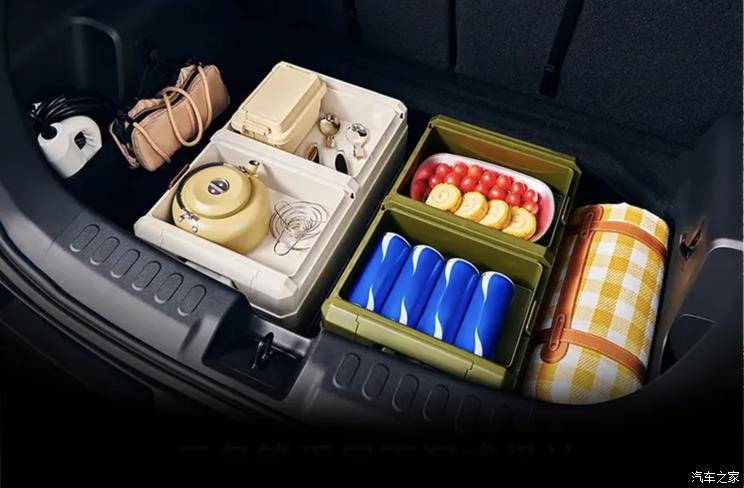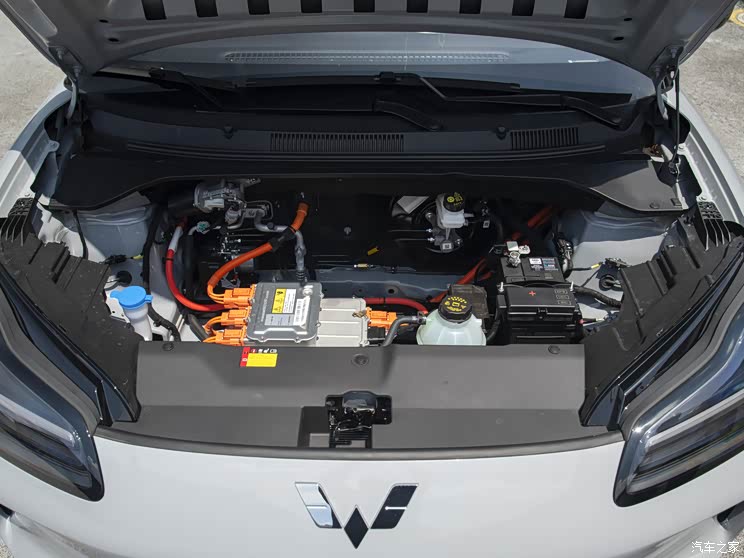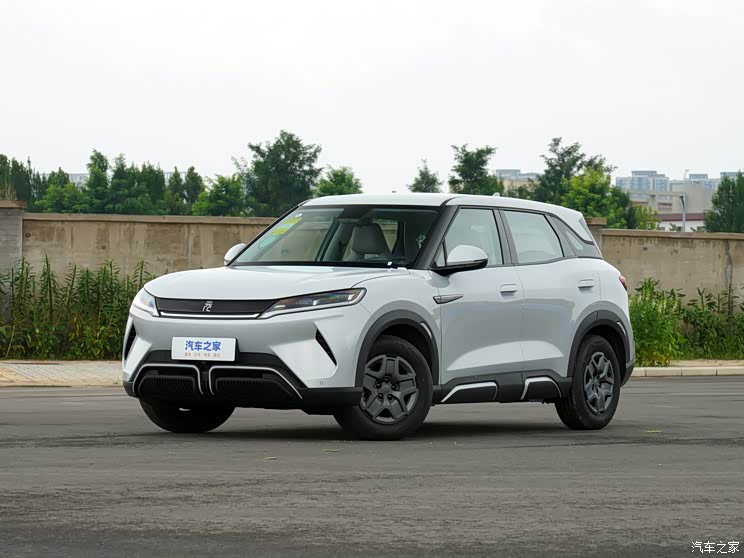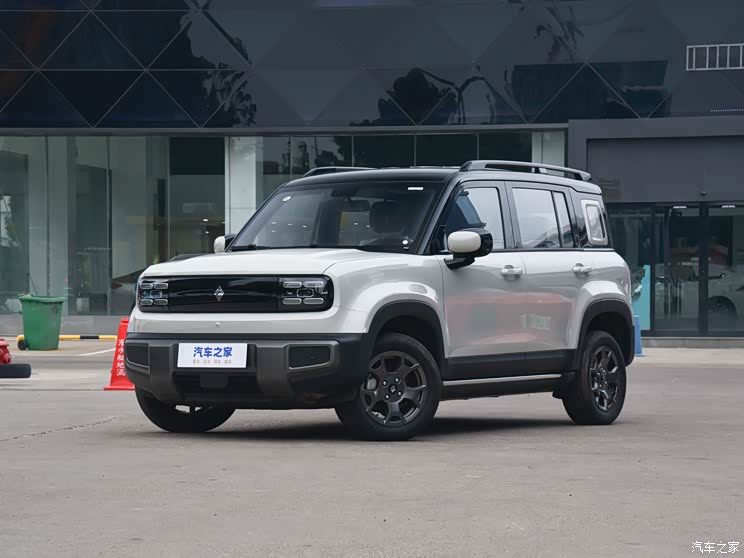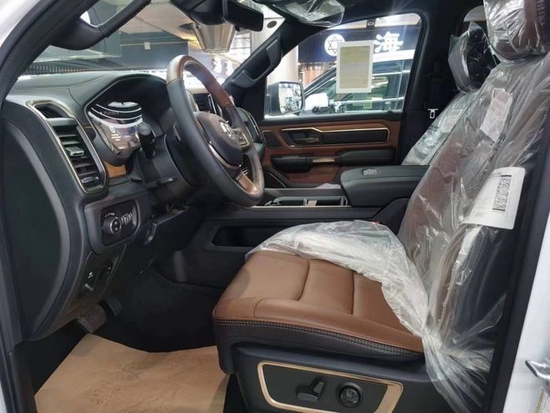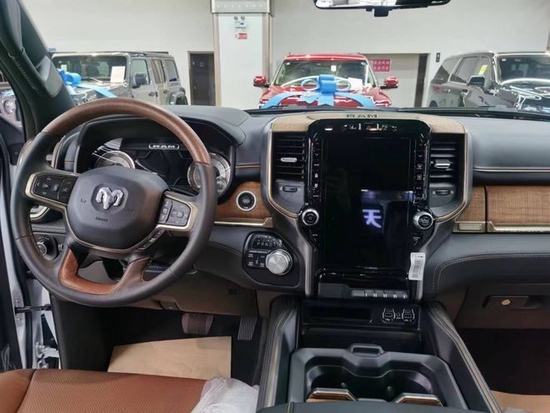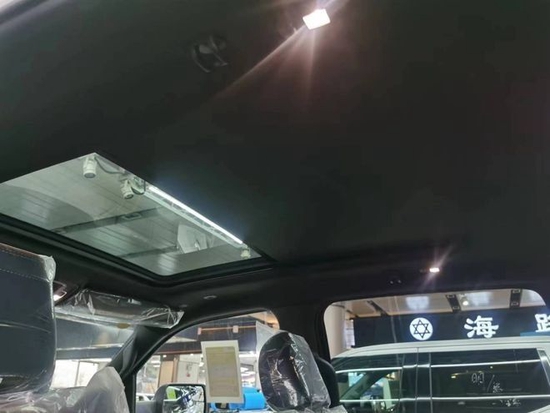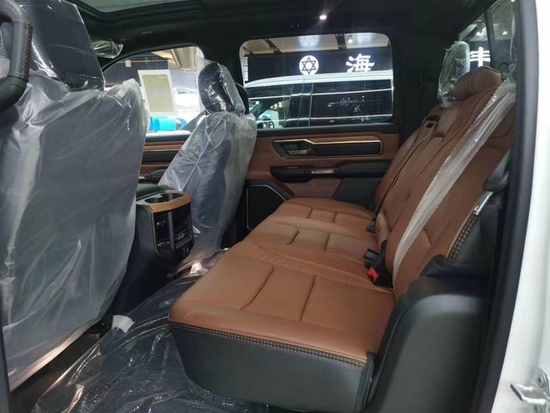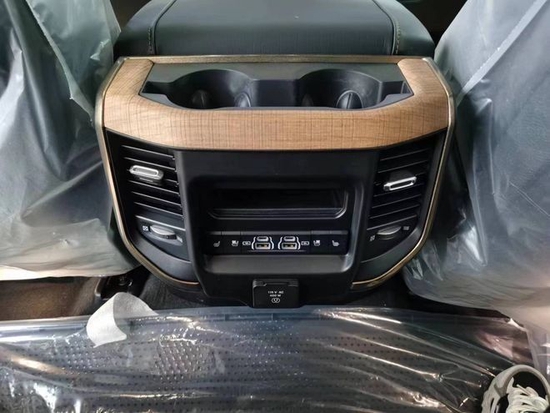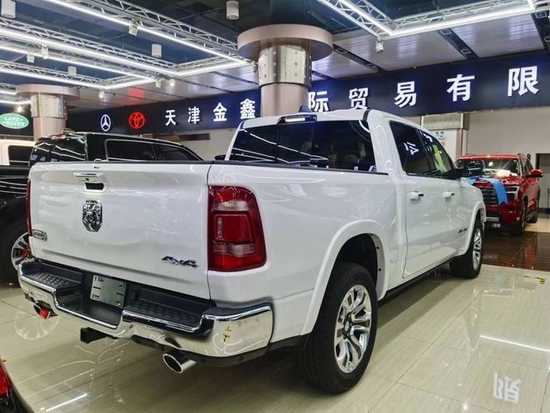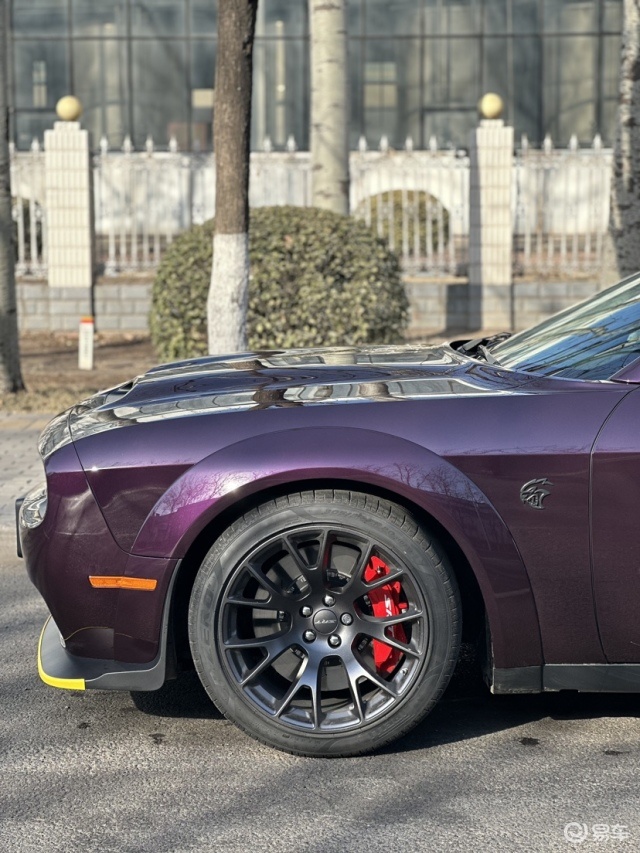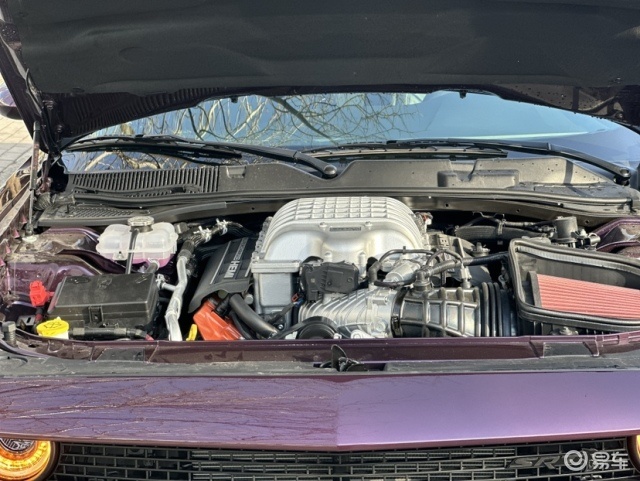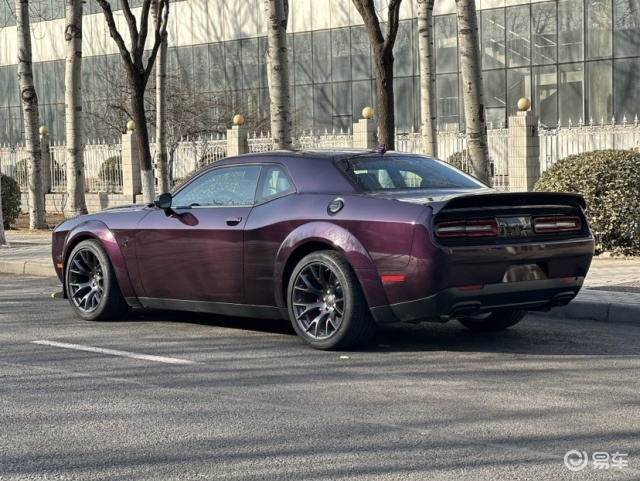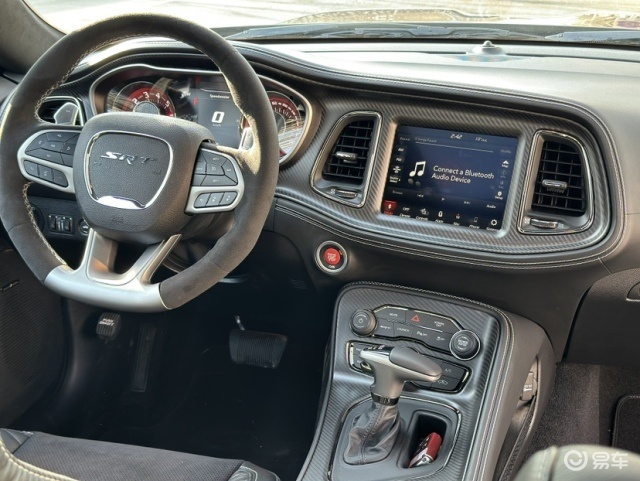The General Administration of Market Supervision issued quality and safety risk warnings for four types of products, including gas cookers.
Cctv newsIn order to remind users to correctly purchase and use gas appliances, prevent and resolve gas safety risks, and effectively protect people’s lives and property safety, the General Administration of Market Supervision issued four types of gas appliances product quality and safety risk tips, including gas cookers, connecting hoses for gas, pressure regulators for bottled liquefied petroleum gas, and combustible gas detectors.
The market supervision department will focus on industrial products with large safety risks, strengthen quality and safety supervision, keep the bottom line of product quality and safety, and ensure high-quality development with high-level safety.
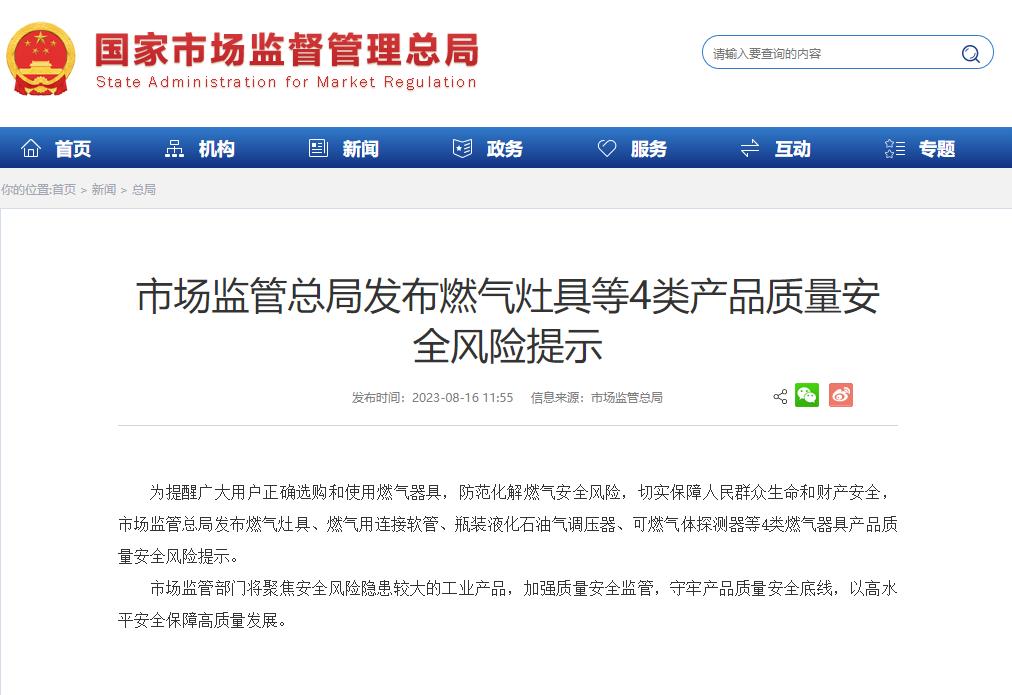
Risk warning of gas cooker
Gas cookers are gas burning appliances that directly heat cooking utensils with fire, among which domestic gas cookers are compulsory certified products (CCC certified products). Through product quality supervision and spot check, it is found that some domestic gas cookers have potential risks in terms of heat load, carbon monoxide concentration in dry flue gas (indoor type) and gas conduit.
Users are reminded to pay attention to the following points when purchasing and using:
1. Pay attention to the product nameplate when purchasing, and confirm whether the product name and model, the type of gas used, the rated gas supply pressure, the rated heat load and other information are complete. Pay attention to check whether there is CCC certification mark for domestic gas stoves.
2. The product structure of gas cookers with different gas sources is different, and the appropriate products should be selected according to the types of gas sources.
3. Pay attention to check whether there is a flameout protection device.
4. Gas cookers should be installed by professionals in strict accordance with the requirements of the manual and relevant regulations.
5. Regularly clean the places that are easy to be blocked, such as the fire cover and nozzle, so as to keep the gas cooker in the best combustion condition. When cleaning, try not to disassemble the burner components as much as possible, and be careful not to damage the gas pipeline, so as not to cause gas leakage accidents.
6. The national mandatory standards stipulate that the life of household gas cookers should be 8 years from the date of sale, and the gas cookers that exceed the service life should be replaced in time.
7. Encourage users to install and use gas smart meters, gas leakage safety protection devices, self-closing valves, independent smoke fire detectors, combustible gas detection alarms and other protection devices to actively prevent gas leakage risks.
8 resolutely resist and refuse to buy "three noes" products without factory name and address, quality certificate and production date.
Risk warning of connecting hose for gas
The connecting hose for gas is an important part of the connecting pipeline of gas appliances or the pressure regulator of bottled liquefied petroleum gas. The commonly used ones are stainless steel corrugated hose, rubber and plastic hose, metal-coated hose, etc. Through product quality supervision and spot check, it is found that some connecting hoses for gas have potential risks in terms of flexibility, hose length, tensile strength and hose joint thread.
Users are reminded to pay attention to the following points when purchasing and using:
1. Stainless steel corrugated hose and metal-coated hose have good bending performance, strength, corrosion resistance and high temperature resistance, which can effectively prevent external damage or insect bites.
2. Users should purchase products with product name, specification, manufacturer’s name, product standard number and other information; For rubber and plastic hoses, the above information, production date and service life should be marked every 300mm or on a single hose.
3. When using stainless steel corrugated hose, we should pay attention to whether the use and connection form of hose are consistent with gas appliances; When using rubber and plastic hoses, clamps should be used to fix them at the joints at both ends.
4. Rubber and plastic hoses should be installed below the height of the stove surface, away from the flame, so as to avoid flame baking accelerating the aging of hoses; The service length shall not exceed 2m, and it shall not cross walls, ceilings, floors, doors and windows, and it shall not be used under bending, stretching, torsion and compression.
5. Gas connecting hoses should be inspected and replaced regularly, especially rubber and plastic hoses that are found to be hardened, aged, cracked and loose or exceed the service life (the service life stipulated by national mandatory standards is not more than 3 years), and should be replaced in time.
6 resolutely resist and refuse to buy "three noes" products without factory name and address, quality certificate and production date.
Risk warning of pressure regulator for bottled liquefied petroleum gas
The pressure regulator for bottled liquefied petroleum gas (hereinafter referred to as the pressure regulator) is an accessory for burning appliances after reducing the high pressure of liquefied petroleum gas in gas cylinders to a fixed low pressure. Through product quality supervision and spot check, it is found that some voltage regulators have potential risks in product structure (with adjustable function) and outlet pressure.
Users are reminded to pay attention to the following points when purchasing and using:
1. According to the national mandatory standards, the rated outlet pressures of household regulators and commercial regulators are 2.8kPa and 2.8kPa/5.0kPa respectively, and the outlet pressure of each regulator is fixed and cannot be adjusted during use. If the outlet pressure is too high, it may lead to gas leakage at the pipeline joint or directly fall off, or it may produce toxic and harmful gases due to insufficient combustion, which has obvious safety risks.
2. The outlet pressure of the commonly known medium-pressure valve is generally higher than 50kPa or even several hundred kPa, and it has a regulating function, which has a huge safety hazard. It is not allowed to use the medium-pressure valve instead of the voltage regulator.
3. The voltage regulator is a special industrial product, so it is not suitable to buy it at will. It is recommended to buy it in a professional unit that operates such products and listen to the advice of professionals. When the outlet of household voltage regulator is a hose connector, products with over-current cut-off safety devices should be selected.
4. Give priority to the voltage regulator products with the manufacturer’s name, trademark, model, production date, service life and gas flow direction marked on the shell. When purchasing, check that the product packaging should be accompanied by instructions, inspection certificates and other materials.
5. Incorrect installation may easily lead to abnormal operation of the voltage regulator, so it should be installed, replaced and maintained by professionals in strict accordance with relevant regulations and specifications.
6. Conduct regular safety inspection. Use high-concentration detergent water and soapy water to smear on the joints and interfaces of the voltage regulator shell first, and then open the valve of the liquefied petroleum gas cylinder. If there is foam, it means air leakage, and it should be replaced in time.
7 resolutely resist and refuse to buy "three noes" products without factory name and address, quality certificate and production date.
Risk warning of combustible gas detector
Combustible gas detector is a device with alarm function of gas leakage and incomplete combustion. Through product quality supervision and spot check, it is found that some household combustible gas detectors have potential risks in alarm action value, alarm repeatability, orientation and low concentration operation.
Users are reminded to pay attention to the following points when purchasing and using:
1. Combustible gas detectors are generally divided into natural gas type, liquefied petroleum gas type, artificial gas type, etc., and corresponding alarms should be selected according to the types of gas used. When purchasing, pay attention to the information such as the type of detection gas, power supply mode and production date on the nameplate.
2. When installing, it should be installed in a suitable position according to the requirements of the manual to avoid being installed in a sheltered place or a place that is easy to be polluted. Before use, start the self-check function of the alarm to confirm that the product has entered the normal monitoring state, and observe whether the indicator light is in the normal working state.
3. During use, keep the power on for a long time to avoid frequent power off and power on. Pay attention to the regular cleaning and maintenance of the product to avoid the blockage of the air inlet. After restarting, it is necessary to start the self-inspection function again to ensure the normal functions.
4. If an alarm is given, turn off the gas valve first, open the doors and windows for ventilation, and do not turn on the light or turn on any electrical switch. Find out the cause of gas leakage. If the cause cannot be confirmed, contact the gas company immediately for treatment.
5. If the service life is indicated in the product manual, the products that exceed the service life should be replaced in time.
6 resolutely resist and refuse to buy "three noes" products without factory name and address, quality certificate and production date.
